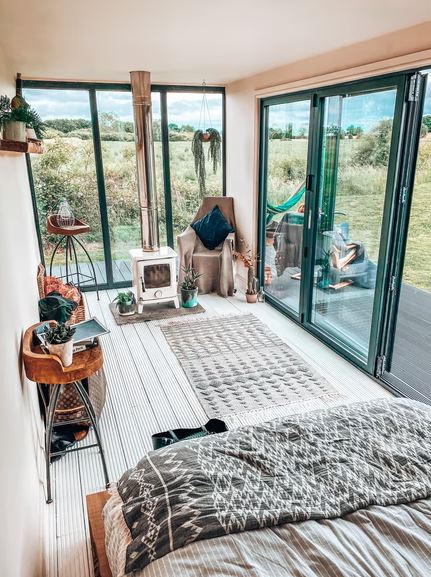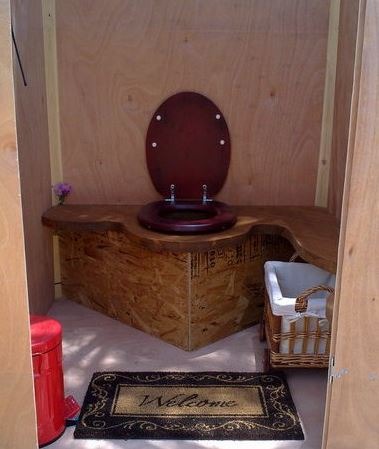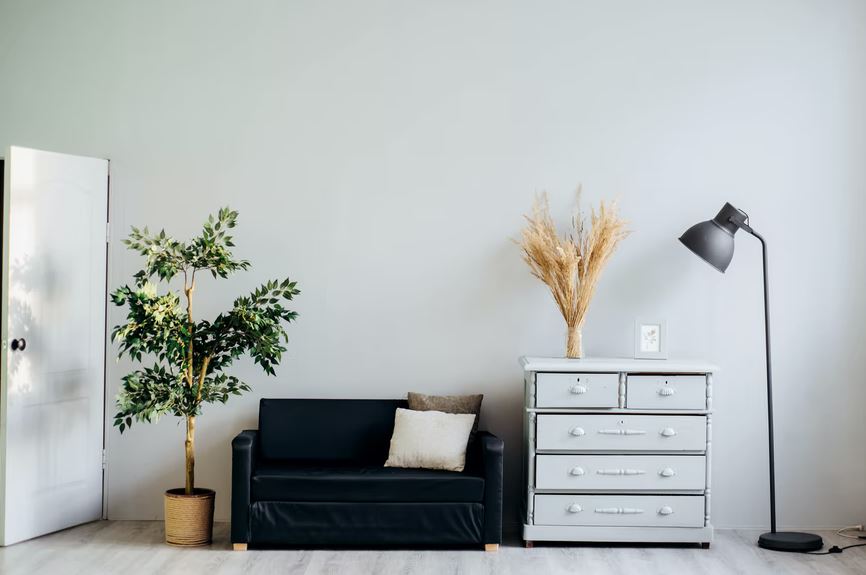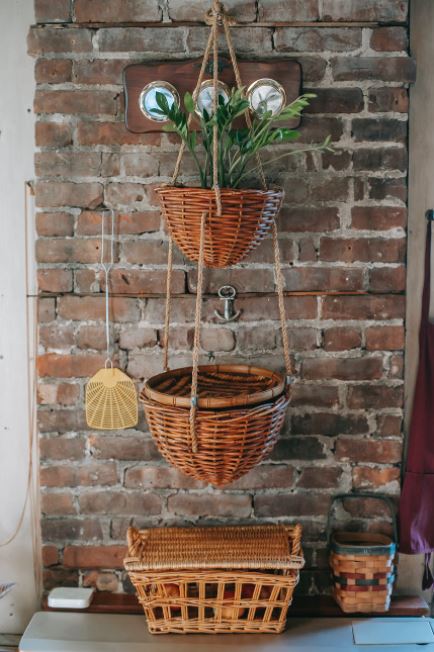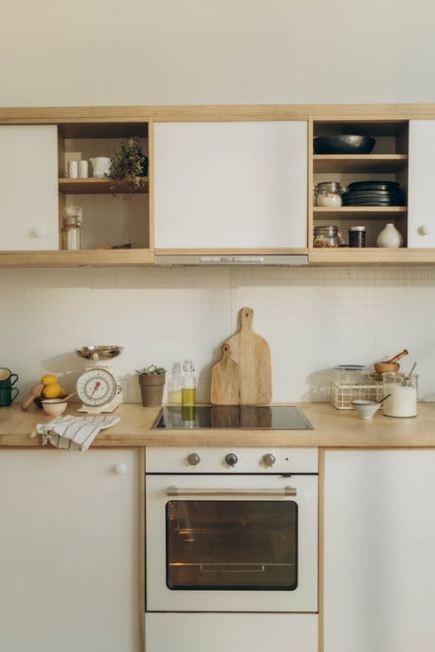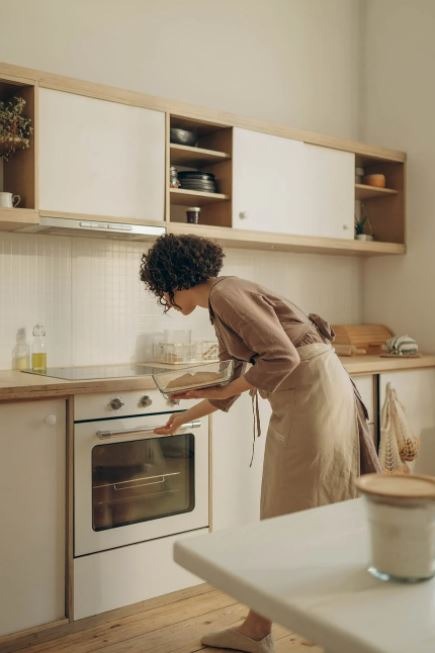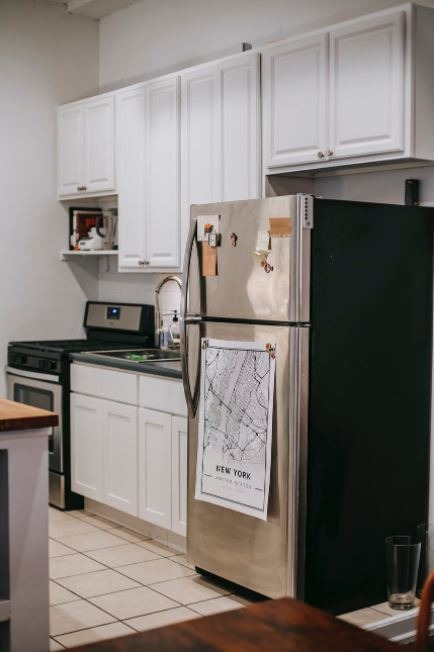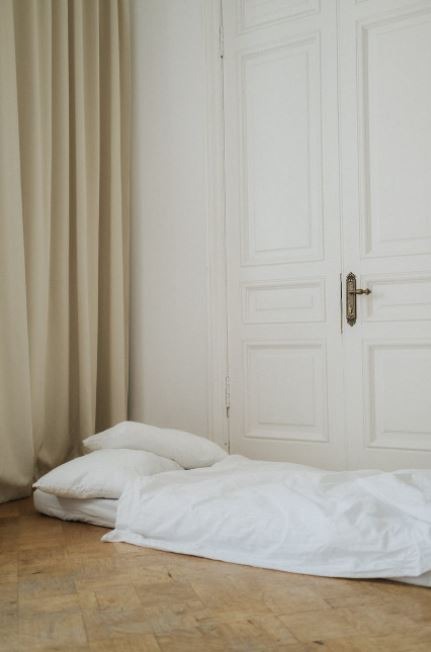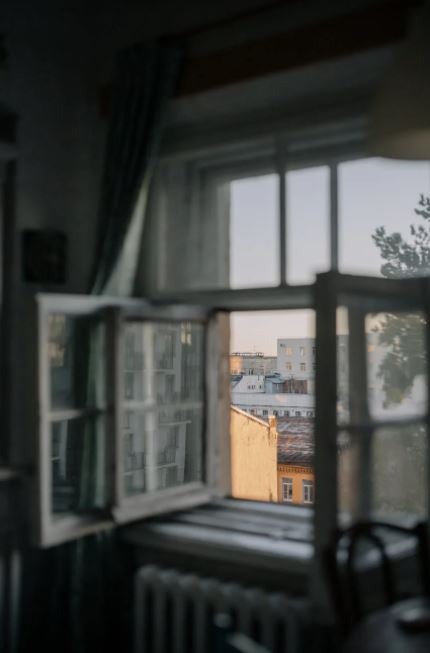Gone are the times when people used to dream of big houses and a lavish lifestyle. Going tiny is the new trend nowadays. Thanks to convenient mobility and low price points, adorable tiny homes with an outside garden have become more popular than ever. However, there is more to consider when buying a tiny house, than just the charm, price, and Instagram-worthiness. As compared to a large home, people have to be extra creative with their appliances and furniture while going to settle in a tiny home. You’ll need several essentials in a tiny home, to make it whole. Some of them are listed below.
1. Composting Toilet
A toilet may not look like it but plays a significant part in developing an aura of a home. If it’s always messy and stinks most of the time, it is going to cause discomfort. Most of the tiny houses are in a location where there is no hookup service to a sewage connection or easy disposal. In such circumstances, installing a flush toilet in a tiny home is almost impossible. The only solution is to go for a composting toilet. It is waterless, environment-friendly, and easy to use.
2. Hooks
While living in a tiny home, you won’t have much closet space, floor space, surface space, or any space for that matter. That’s why hooks will be your best friend in a tiny home. You can use them to hang umbrellas, clothes, pots, kitchen tools, and the list goes on. It’s recommended to invest in solid and sturdy hooks and have a professional install them. Try to have them installed in the living space, kitchen, loft, and other cabinets.
3. Furniture and Furnishings
Be careful with the furnishing and don’t end up overcrowding the room while living in a tiny home. Select space-saving furniture that’s low to the ground. You can purchase acrylic chairs or glass-top tables that are see-through. Mirrors on a door or wall expand the sense of space and won’t make your home feel stuffy at all. Make use of clever lighting, flexible storage, and textiles to create a smart and airy space. Color coordinate the furniture and walls of your tiny home so that nothing feels out of place.
4. Hanging Baskets
Living in a tiny home means trying to make the best out of the limited space options. You can’t just keep on building new shelves to store different things. Some tiny homeowners make use of hanging baskets to store their everyday items, and hang them from the ceiling. They can be used to store fruits and vegetables, wallets, car keys, and other everyday essentials.
Fulfilling both the functional and decorative needs, hanging baskets provide a 360-degree view of the items inside, allowing you to quickly find whatever you’re looking for. When they’re empty, put flower pots inside them, and they’ll add rustic charm to your indoor vibe.
5. Shelving
One thing that you won’t be getting in abundance in a tiny home is space. It’s a crucial step to make the most out of the given space and still not make it feel stuffy. That’s why, when you run out of the room horizontally, start building it vertically. Adding small shelves into every nook and cranny in your tiny home is one of the best ways to build the room vertically.
There are tons of shelving strategies that do not only clear the space but also magnify your home’s aesthetic. They can be installed under stairways, in the kitchen, inside individual steps, along the walls, above the toilet, and inside a breakfast bar. An expert house designer should be able to sneak in some creative shelves throughout the home.
6. Washer and Dryer Combination
Unless you plan on paying a weekly visit to the laundromat, you’ll be needing a washer/dryer combination for a tiny home. Finding a room for the washer and dryer can be quite a challenge. To solve this problem, it’s advisable to purchase a washer/dryer combo. These appliances are space-saving and 2-in-1 solutions. In case it starts raining, you won’t have to worry about the clothes not getting dried in time, and can just use the dryer. A typical washer/dryer combo cost starts from $600 and goes up to $2,000.
7. Stovetops and Ovens
While designing the kitchen of a tiny home, you’ll have plenty of options to choose from. To have a smooth cooking experience, it’s recommended to opt for propane gas and install a high-quality space-saving stovetop alongside two to four burners and an attached oven. However, you must choose the right size of stovetop for the kitchen. If there isn’t enough space, it’s best to opt for two burners on the stovetop. If you don’t cook so often, try looking into a portable induction cooktop that can be stored in a cabinet or under a counter when not being used.
8. Compact Refrigerator
Make sure to pick out a refrigerator that does not consume much of a space, and blends in perfectly with the size and design of your tiny home. Mostly, people tend to pick a fridge before building their dream home, to specify its place. Due to the space constraints, many tiny homeowners decide to opt for a small compact refrigerator that easily fits underneath the kitchen counter space.
In contrast, full-sized fridges will need a lot of space to build into a wall or underneath the stairs. If you want to find a middle ground, a compact refrigerator is a perfect option. It does not only clear out the space but is also affordable, and retails around $300.
9. Futon or Pull out Couch
Unless you’re going to build a ‘lavish’ tiny house, chances are that there won’t be enough space for a guest room. However, an extra sleeping area can always come in handy. After all, you never know when a friend or family member decides to stop by.
To avoid getting panicked and embarrassed in such circumstances, it’s advised to invest in a quality futon for dual usage. It should be comfortable enough for you to enjoy lounging in it. Additionally, it should be small enough to fit the space when folded both up and down.
10. Proper Ventilation
A tiny home with questionable ventilation can cause detrimental problems. Because of the heavy insulation, there isn’t a lot of air leaking and a lack of natural air circulation. Low humidity levels in a tiny home can be a problem too. A decreased moisture level can make the air dry and cause several respiratory problems. The aridness often leads to itchy throats that further emphasize the importance of proper airflow in a tiny home.
Make the Best Out of Life – Go Tiny!
Living in a tiny home is one truly magnificent experience. As most of the tiny houses are away from the hustle and bustle of the city, you’ll always stay close to nature and enjoy the little things that life has to offer. However, to have this experience, you need to carefully measure every step before moving into a tiny home. From furniture to indoor designing, kitchen utensils to toilet accessories, figure everything out and make the best out of a minimalistic lifestyle in your tiny home!
